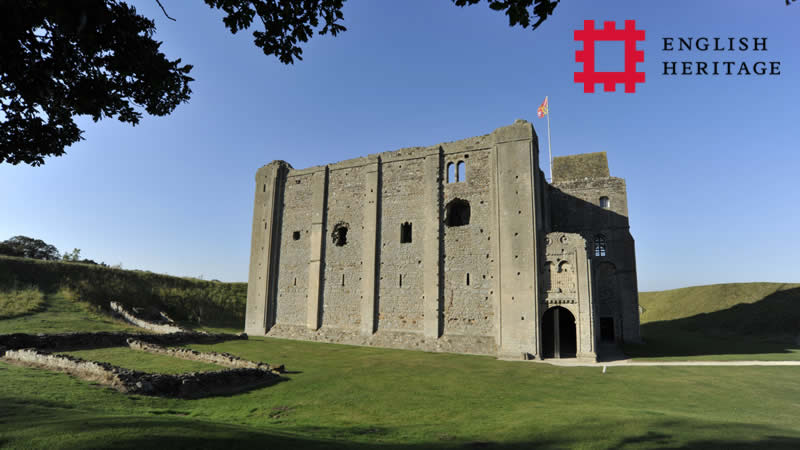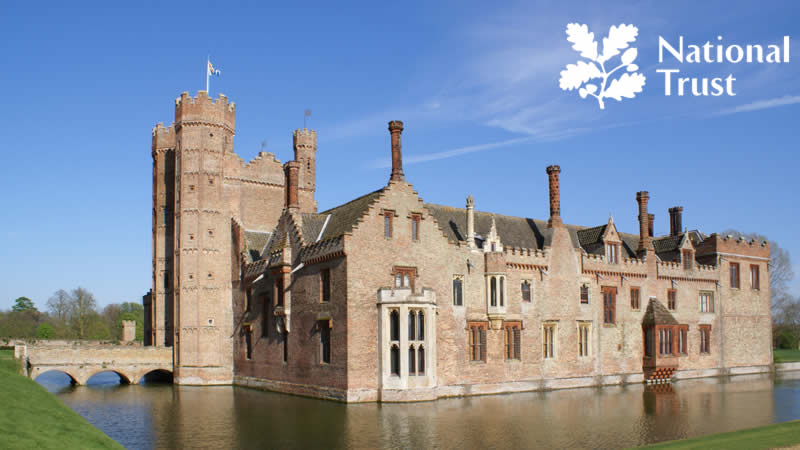Norwich Churches
Medieval Norwich had an incredible 57 churches within the city walls, but today only 31 of these still exist. They were built by the wealthy wool merchants as a demonstration of their social standing and wealth. Norwich is renowned for its abundance of churches and boasts more than any other city north of the Alps; however only nine of these are now used for worship. Most of Norwich’s churches were built from flint, which was found locally. It was very difficult to work with and a high level of skill was needed by the craftsmen who used it. The round flint was broken open revealing a dark blue face, which was used to form the outside surface of the building.
The Church of St Peter Mancroft is the largest in Norwich, and its tower is a dominant feature of the city centre. Built between 1430 and 1455, St Peter’s stands at one side of the market place and is sometimes mistaken for Norwich Cathedral by visitors. Norwich has a long tradition of bell-ringing and it was in St Peter Mancroft that the first true peal of 5040 changes was rung in 1715.
The Church of St Andrew is the second largest in the city, and is one of the finest examples of East Anglian ecclesiastical architecture. Its great flint tower was finished in 1477 and the remainder of the church in 1506. In 1539 King Henry VIII granted the church to the city for £80.00 and it was used as a hall and for fairs.
The Church of St Giles dates in part from the 14th century. On the north side of St Giles Street, it has the tallest parish church tower in Norwich, rising over 120 feet (36 metres). It has eight buttresses, set at right angles to the wall faces, and interesting brasses and wall monuments. The latter commemorate the wealthy medical men who lived in the grand Georgian houses on St Giles Street.
The small Church of St Julian, in St Julian’s Alley, between Rouen Road and King Street, was almost entirely rebuilt after being destroyed by wartime bombing. It was built on the site of the 14th century cell of Mother Julian of Norwich, whose book “Revelations of Divine Love” is the first recorded book to be written by a woman in English.
St John the Baptist is a Roman Catholic Cathedral, which stands close to the junction of Earlham Road with Unthank Road. It was built at the turn of the 20th century and opened in 1910. Standing at one of the highest points in the city, its style is said to be 13th century early English, a fine example of revival architecture.
The Unitarian Octagon Chapel was built in the 18th century, when the weaving trade was thriving, to please the wealthy textile merchants living in the area. The chapel was given a wide entrance, with great carriage gates and arched sash windows, with an elegant portico.
The Old Meeting House is situated near Colgate, and was built by a prominent Norwich non-conformist in 1693. Constructed in red brick, its south front is symmetrical with the rows of sash windows, said to be the earliest in Norwich. Its interior is simple, with galleries on three sides that look down on curving rows of pews and a tall pulpit. There is a memorial on one of the walls to John Jarrold, the founder of the printing firm, who died in 1852
A timeline of Norwich
Read about some of Norwich’s most important dates in history, including when Norwich Castle, Norwich Cathedral and other historic and important buildings were built. When the Black Death reached Norwich, Kett’s Rebellion and when devasting fires hit the city. See important dates in history for Jarrold Department Store, Colman’s Mustard, The University of East Anglia, Norwich International Airport and Norwich City Football Club.
The finest holiday cottages & self-catering accommodation in Norfolk.
Book with Norfolk Hideaways
Find & Book
Molly's Den
, Norfolk
Pretty as a picture, this charming annexe cottage is the ultimate idyllic hideaway for two. Tucked away on a quiet lane in a pretty village that sits on the edge of the Sandringham Estate, you are within easy reach of the coast and the many gems to be found in North West Norfolk. And, with two great pubs just a short stroll away, how perfect is that?

The Gate House
, Norfolk
On the perimeter of the Wolterton Park Estate you will find the Gate House standing proudly, as it has done for 120 years. Made available to guests after refurbishment, the property can now accommodate five guests looking to enjoy a peaceful retreat where they will be able to enjoy the surrounding parkland, countryside or nearby Walpole Arms. A truly unique holiday experience awaits.

Church Cottage
, Norfolk
This delightful white-washed, detached character cottage dates back to 1646 and is one of the oldest cottages in Thornham. Located on the edge of the saltmarshes that border the coastline, Church Cottage offers its guests an opportunity to experience an authentic Norfolk cottage in a stunning location.
Useful links

The Norwich Historic Churches Trust is responsible for protecting, preserving and maintaining 18 medieval churches in its care.




